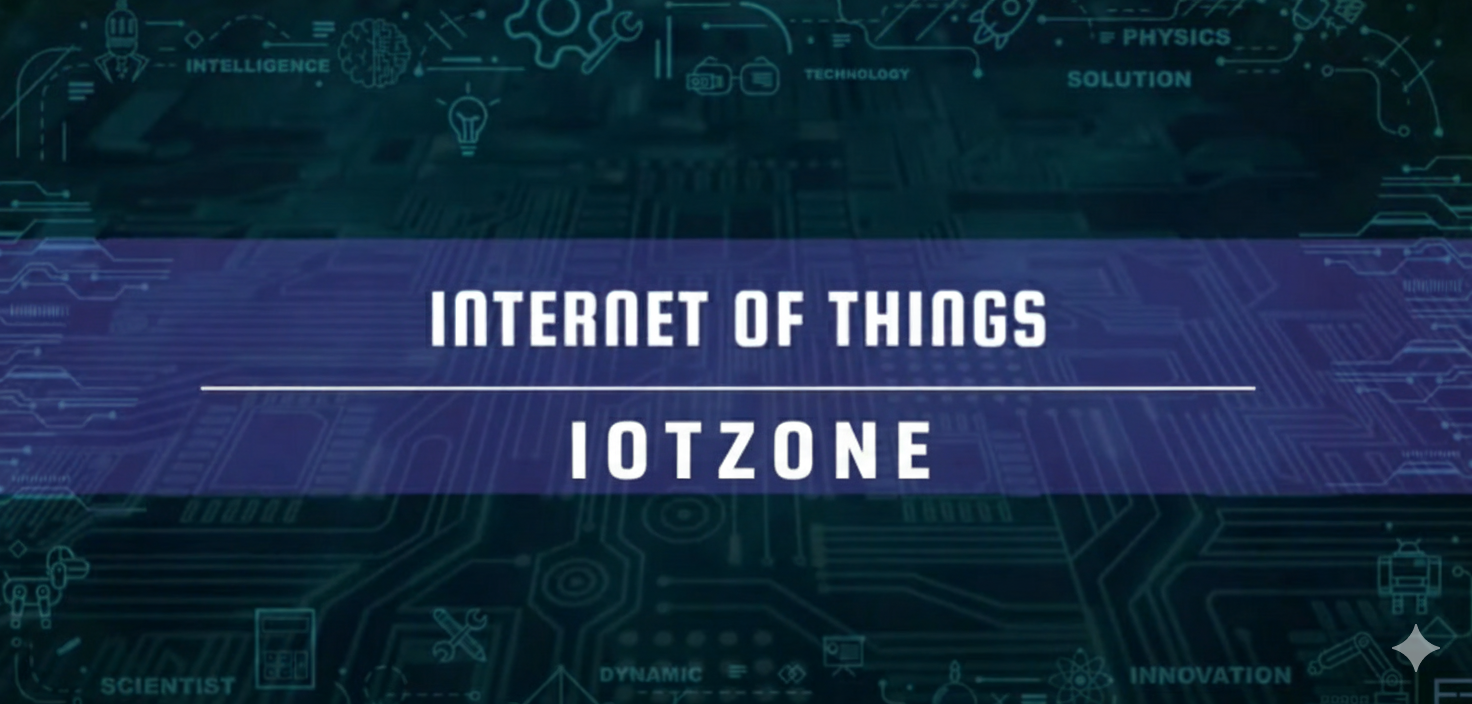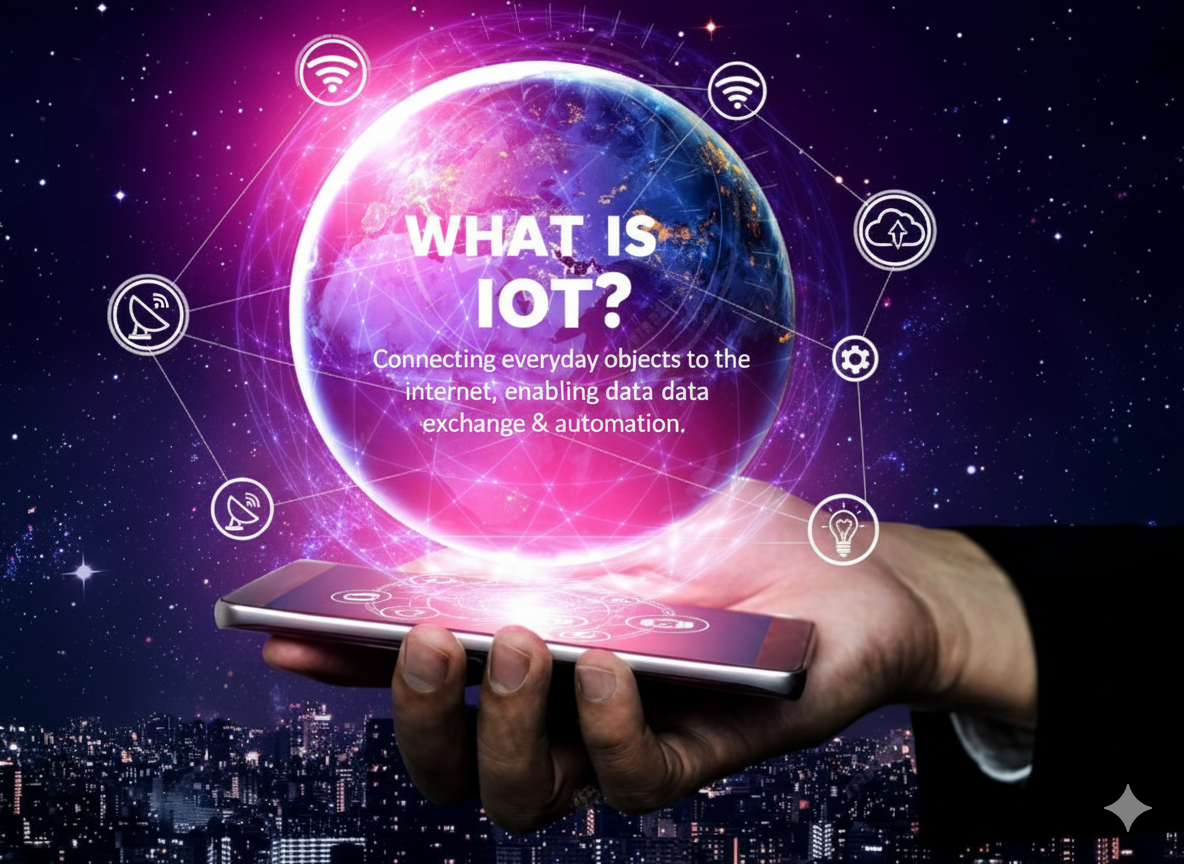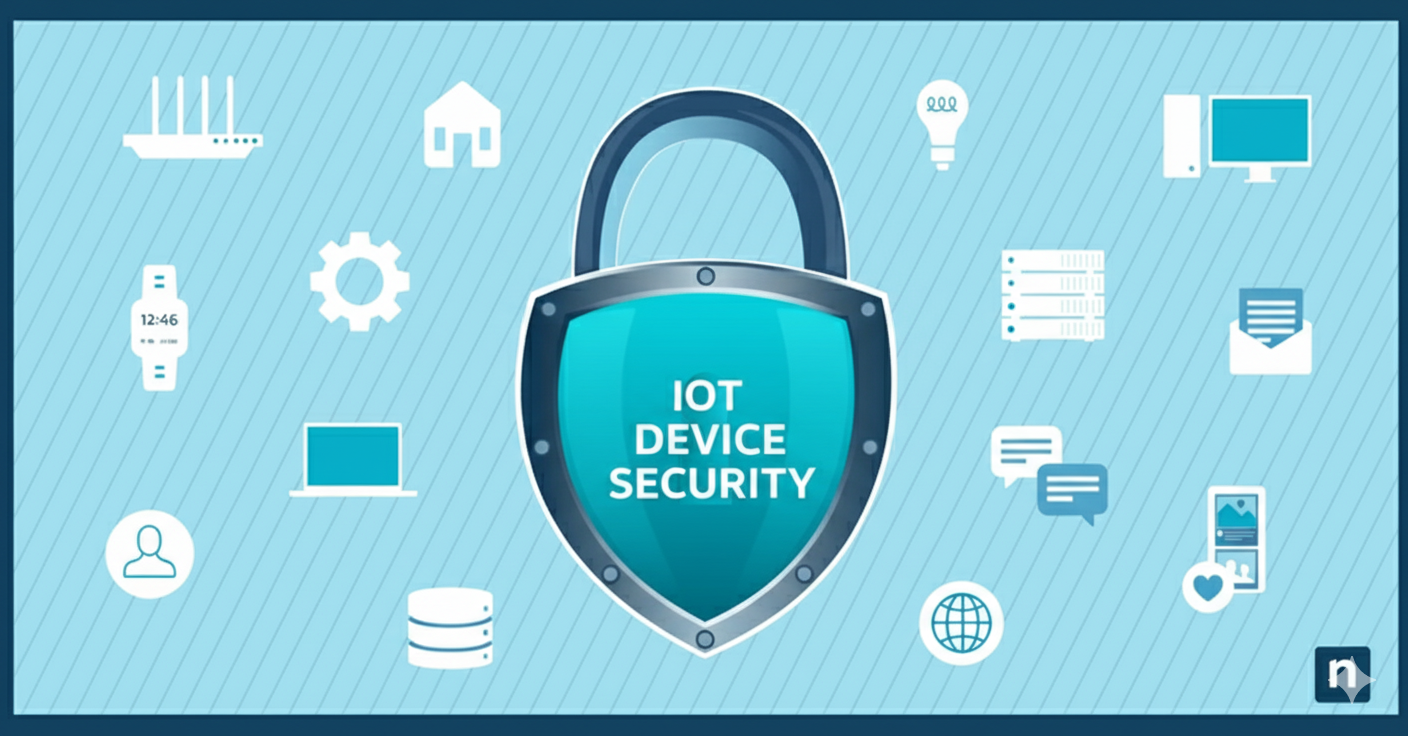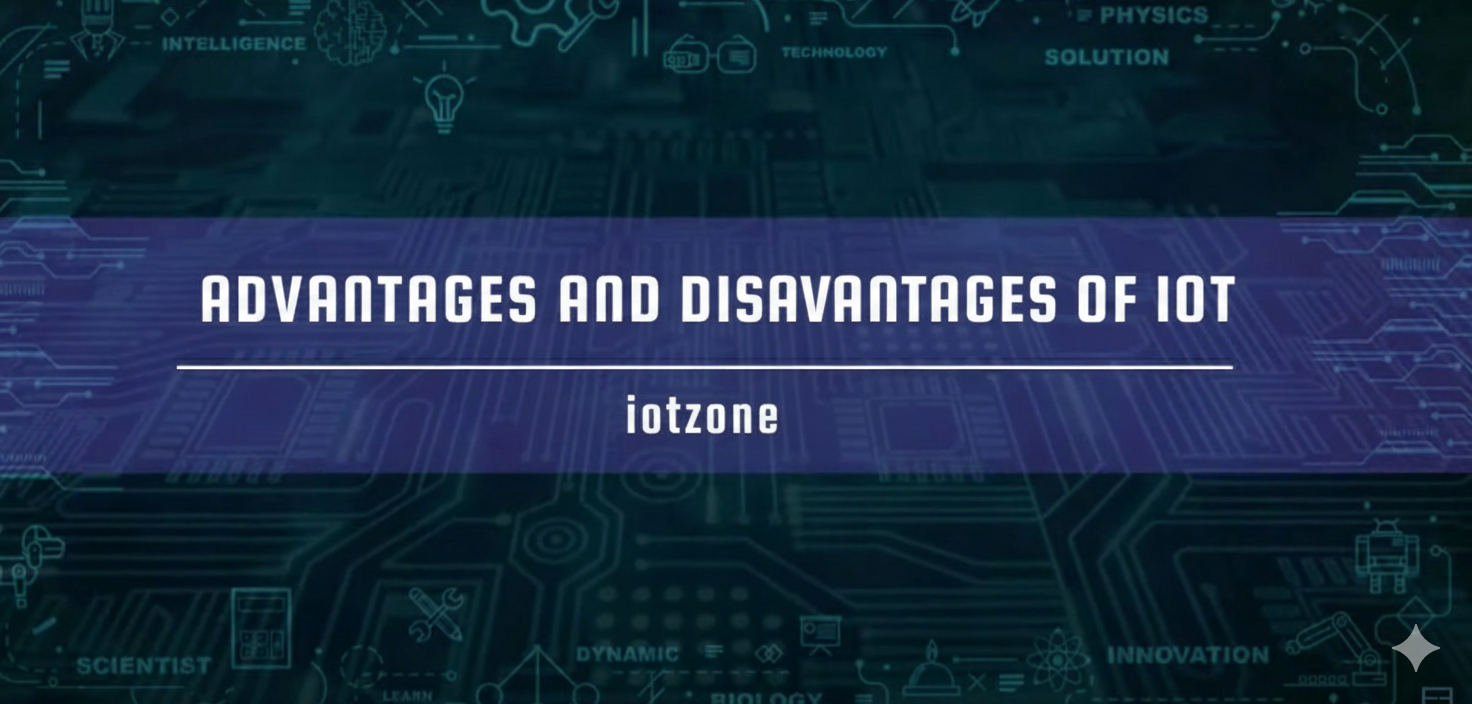IoT Components: Working of IoT, Sensors & Actuators, Role of IoT, IoT Cloud, IoT Analytics

Overview
In today’s world, the Internet of Things (IoT) has become one of the most transformative technologies, reshaping industries, businesses, and our daily lives. From smart homes to smart cities, from healthcare to industrial automation, IoT is at the core of digital transformation.
This blog will explain the five major components of IoT in detail, along with examples, advantages, and real-world applications.
What is IoT (Internet of Things)?
IoT (Internet of Things) refers to an ecosystem where sensors, actuators, devices, and applications are interconnected through the internet. Sensors collect real-time data, while actuators perform actions based on that data.
The main purpose of IoT is:
“Smart Data → Smart Decisions → Smart Actions.”
Five Major Components of IoT
To understand how IoT works, let’s break down its five essential components:
1. Sensors and Actuators
-
Sensors capture physical input from the environment and convert it into electrical signals.
- Examples: Temperature sensor, Load sensor, Gas sensor, Touch sensor, GPS sensor, Sound sensor.
-
Actuators use this data to perform physical actions.
- Examples: LED, Motor, Water Pump, Speaker, Valve.
-
Sensors = Input devices (sense the environment)
-
Actuators = Output devices (perform actions)
Real-Life Example:
A smart home uses temperature sensors to measure room temperature. Based on that data, actuators in the AC system automatically adjust the cooling.
2. Connectivity and IoT Gateways
Connectivity is the backbone of IoT. Sensors and actuators must communicate with IoT platforms, which requires wired or wireless connections.
Common IoT Connectivity Protocols:
-
Short Range (up to 300 ft): Wi-Fi, Bluetooth, Zigbee, NFC.
-
Medium Range (up to 5 km): Cellular networks (2G, 3G, 4G, 5G).
-
Long Range (up to 100 km): LoRaWAN, Sigfox, NB-IoT.
Role of IoT Gateways:
- Filter and preprocess sensor data.
- Reduce latency for real-time applications.
- Provide secure data transmission.
- Minimize large raw data before sending it to the cloud.
3. IoT Cloud
The IoT Cloud acts as the brain of the ecosystem. It stores, processes, and analyzes data collected from devices.
Key Functions of IoT Cloud:
- Real-time data storage and processing.
- Running analytics and decision-making algorithms.
- Securing sensitive IoT data with encryption.
- Supporting large-scale IoT applications with scalability.
4. IoT Analytics and Data Management
“Data is the fuel of IoT.”
Raw data collected from sensors is not meaningful until processed. This is where IoT Analytics comes into play.Core Functions of IoT Analytics:
- Data Extraction
- Data Aggregation
- Data Classification
- Predictive Analytics (using Machine Learning & Deep Learning)
Use Case Example:
In healthcare, IoT devices track a patient’s heart rate. Analytics algorithms process this data to send alerts to doctors when irregular patterns are detected.
5. User Interface (UI)
The User Interface (UI) is the final and most critical layer of IoT systems. It enables users to interact with the application, monitor devices, and control operations.
Main Features of IoT UI:
- Notifications and Alerts
- Remote Monitoring of devices
- Remote Control (manual or automated)
- Live Data Visualization (charts, dashboards, graphs)
Example:
Through a mobile application, a user in India can monitor and control home appliances located in Canada in real time.
Advantages of IoT
- Real-time monitoring and control of devices.
- Improved efficiency and productivity.
- Cost reduction through automation.
- Smarter decision-making with data-driven insights.
- Enhanced customer and user experience.
Real-World Applications of IoT
-
Smart Homes: Smart lighting, Alexa, Google Home.
-
Healthcare: Wearables, remote patient monitoring.
-
Industrial IoT (IIoT): Predictive maintenance, automated factories.
-
Agriculture: Smart irrigation, soil condition monitoring.
-
Transportation: Connected cars, traffic management.
Future of IoT
According to global studies, the number of IoT devices is expected to exceed 30 billion in the coming years. With the power of 5G, Artificial Intelligence (AI), and Edge Computing, IoT will become even faster, smarter, and more reliable.
Conclusion
IoT is built on five core components: Sensors, Connectivity, Cloud, Analytics, and User Interface. Together, they enable the collection of real-time data, intelligent processing, and actionable outputs.
Understanding these components is crucial for businesses, engineers, and learners who want to build or adopt IoT solutions.With IoT, we are moving toward a future of Smart Cities, Smart Homes, and Smart Industries—making life more efficient, connected, and intelligent.
Administrator
Frequently Asked Questions
Common questions about IoT Components: Working of IoT, Sensors & Actuators, Role of IoT, IoT Cloud, IoT Analytics. Find answers to the most frequently asked questions.
User Reviews & Comments
Share your experience with this IoT Blog. Your feedback helps our community make informed decisions!
Share Your Experience
Help others by sharing your thoughts about this IoT Blog.
Related Blogs
Explore more IoT Blogs in the same category

What is the Internet of Things (IoT)?
Tutorials
The Internet of Things (IoT) connects everyday devices to the internet, enabling smart homes, healthcare, farming, and industries with automation, real-time monitoring, and data-driven insights.

IoT Security Risks and How to Protect Your Devices
Tutorials
Learn how to secure your IoT devices at home and office, reduce cyber risks, and protect privacy with best practices for a safer connected world.

Is IoT a Blessing or a Curse? A Deep Dive into its Advantages and Disadvantages
Tutorials
Discover the benefits and challenges of the Internet of Things (IoT). Learn how IoT enhances automation, resource management, and safety, while addressing issues like security, privacy, and job displacement.
No Reviews Yet
Be the first to share your experience with this IoT Blog!